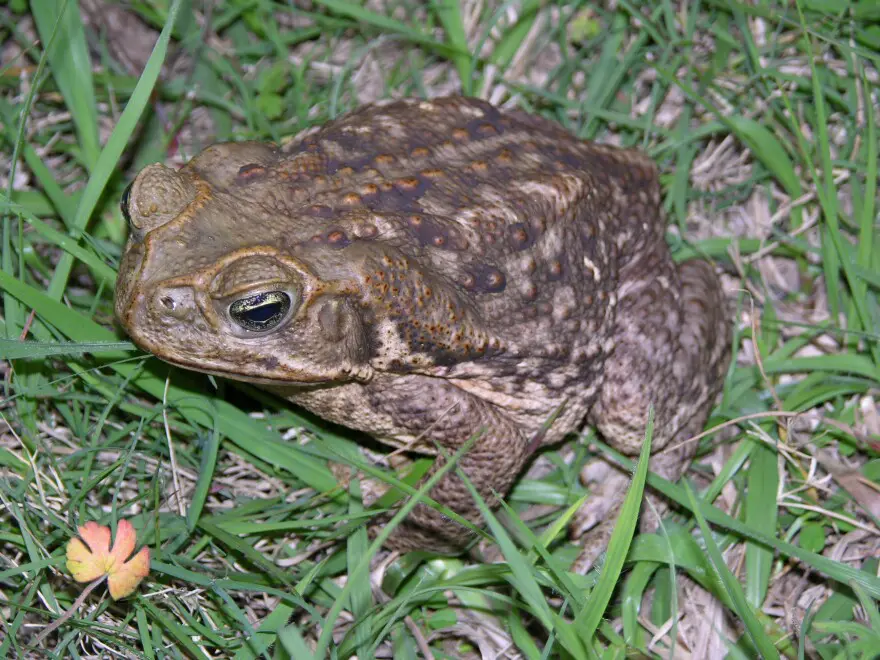Residents take precautions against surge of invasive bufo toads breeding in Florida

Thousands of bufo toads, also known as cane toads or giant marine toads, are currently breeding in Florida, raising concerns among residents.
Originally introduced in the 1930s to eat pests on sugar cane farms, these invasive amphibians have now become a common sight in many Floridian backyards.
Jennifer Southall, a seasoned bufo toad trapper, shed light on the alarming reproductive capabilities of these creatures.
“One bufo toad female can lay over 30,000 eggs at a time,” she explained. “And it takes just three days for the eggs to hatch, leading to a population explosion around the summer months.”
Southall recounted a chilling incident involving her dog accidentally biting one.
“A toad had come in and he pounced on it,” she recalled. “He got sick, showing symptoms like vomiting and pawing at the mouth.”
Dogs, in particular, are vulnerable to bufo toad poisoning, which can result in severe illness or even death.
Dave Willeford, a local realtor and dog owner, is well aware of the dangers related to the toads. Luckily, neither of his dogs has been poisoned.
“I have several neighbors and other dog lovers in the area that are well aware of what these cane toads can do,” he said. “So there’s always a sense of high alert when they’re around.”
Not only are pets at risk, but humans and small children can also suffer from bufo toad secretions, which cause severe irritation to the skin and eyes. Wildlife experts advise humane euthanization of these toads, recommending the use of lidocaine to anesthetize them before placing them in a freezer for a few days for disposal.
Southall advises caution for those attempting to catch bufo toads, stressing the importance of gloves and eye protection.
“These toads are poisonous at every stage in their life, including the eggs,” she said.
As bufo toad populations surge in Florida, residents are urged to remain vigilant and take necessary precautions to protect their pets and children from potential harm.
This article originally appeared on Wesh2
